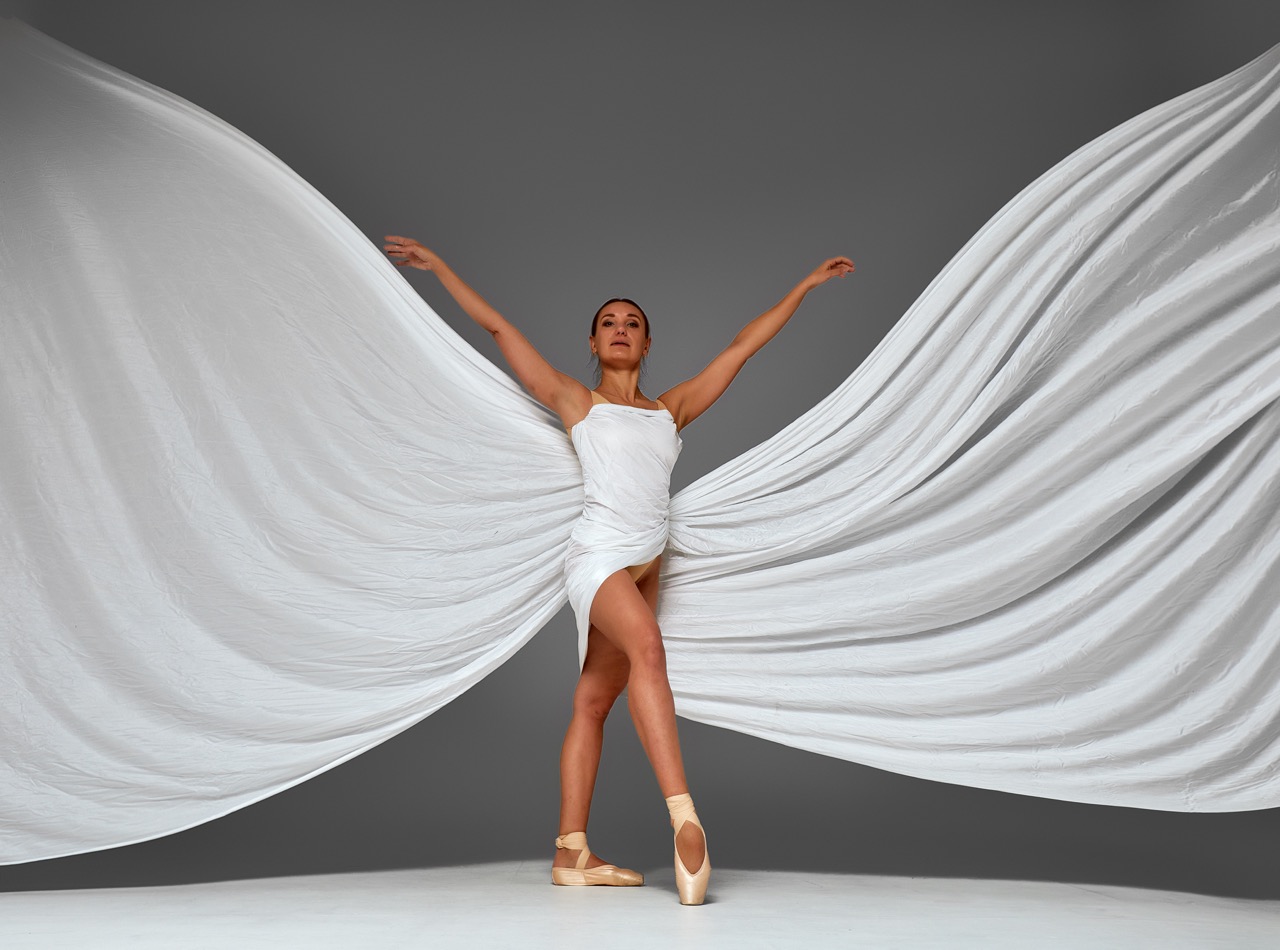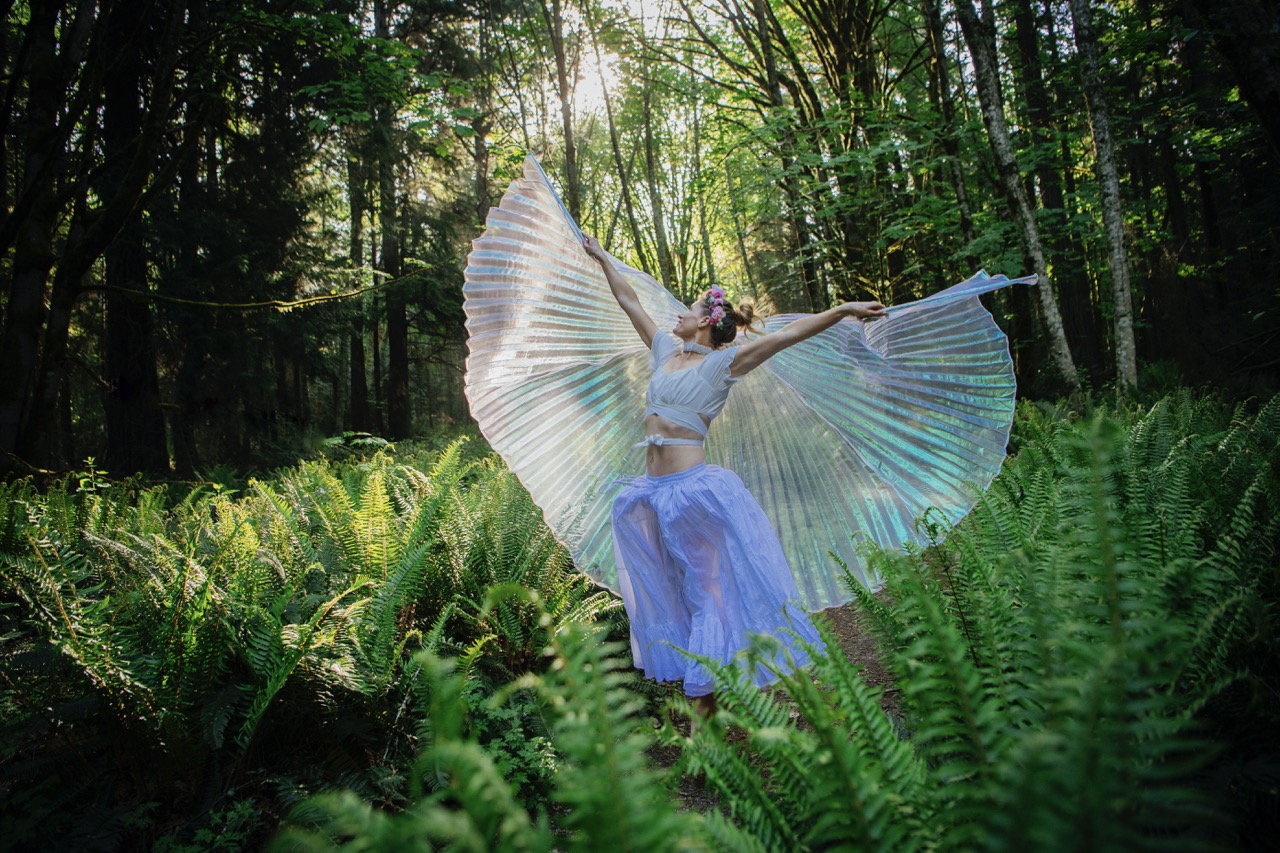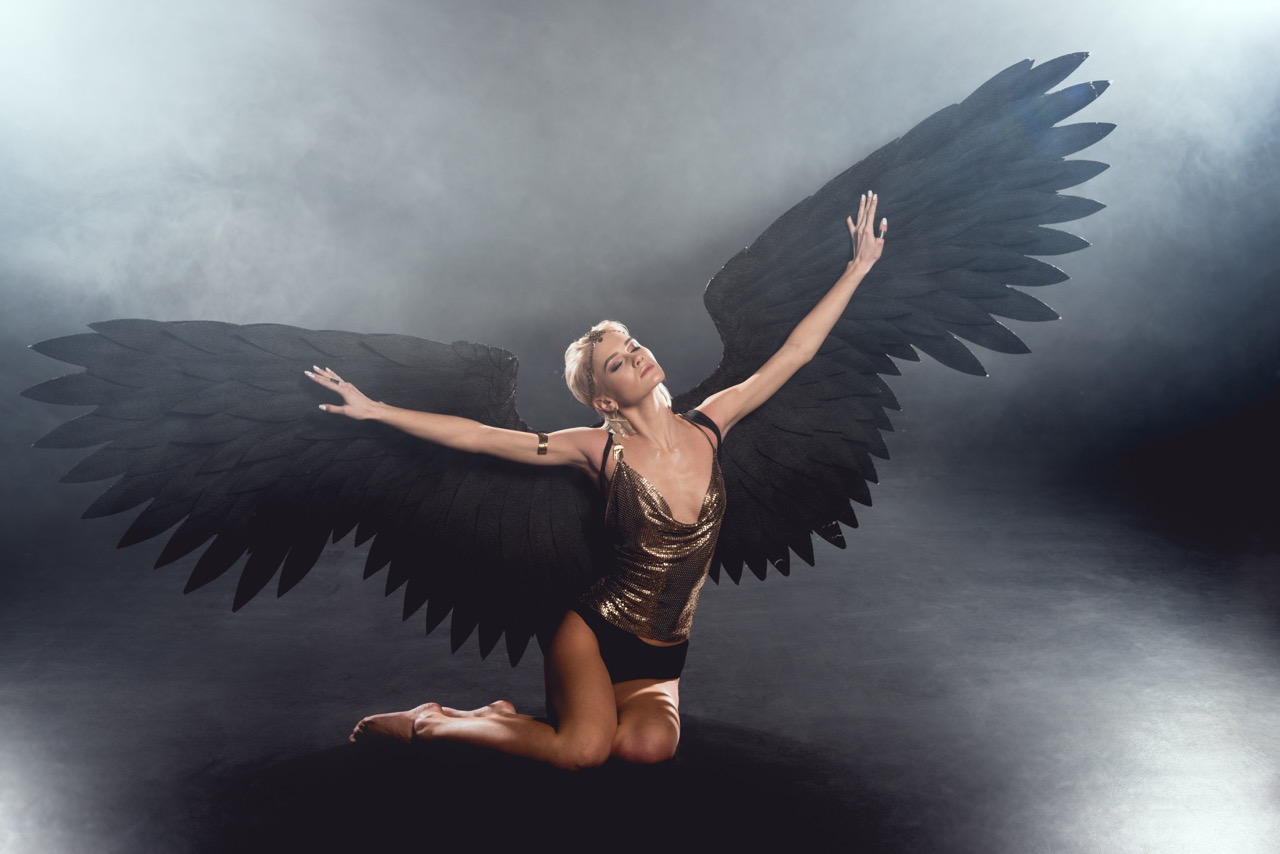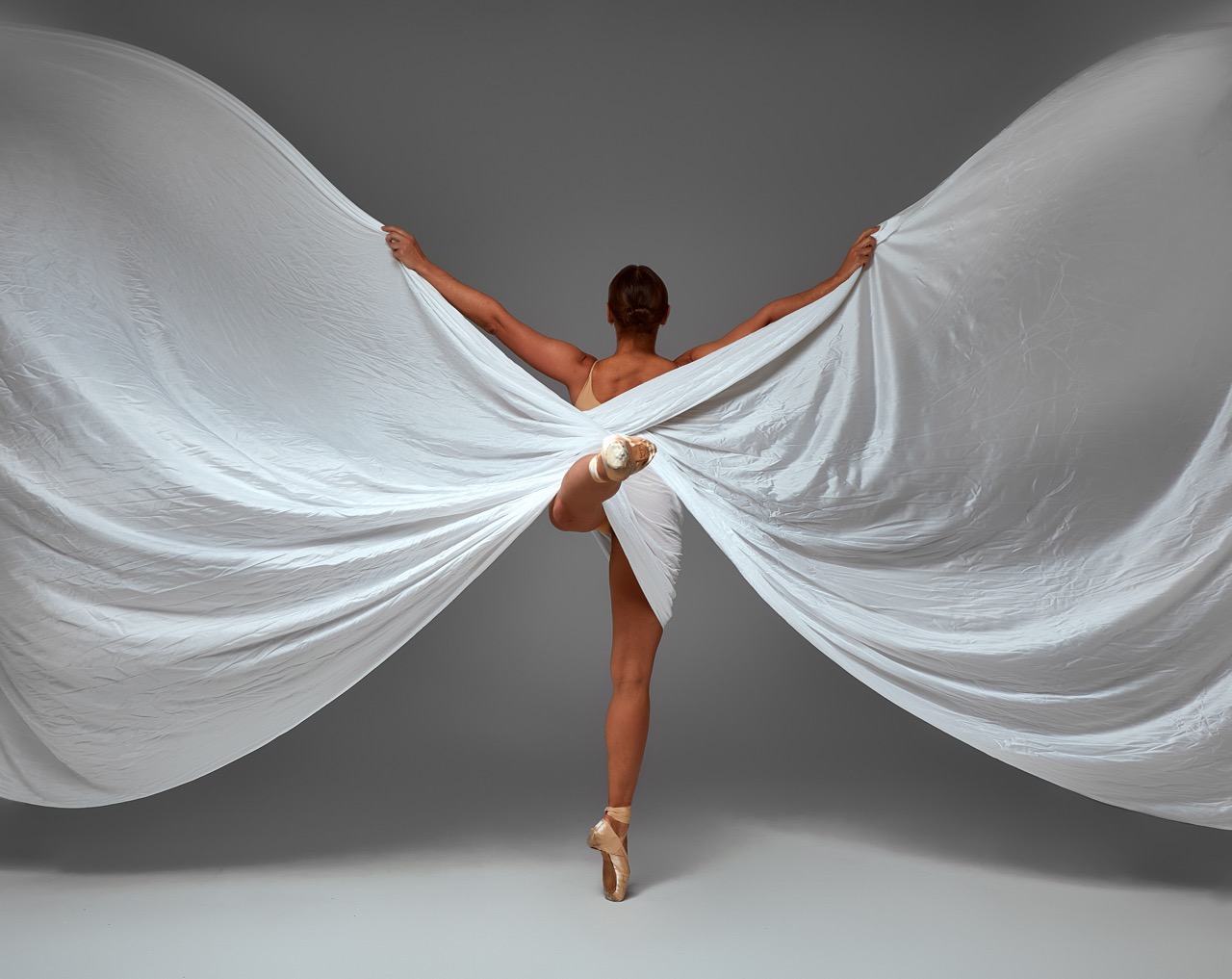Dancing with wings offers a unique and ethereal experience, transforming the ordinary into the extraordinary. This art form, whether inspired by traditional folklore or contemporary interpretations, allows dancers to transcend the mere act of movement, engaging with both the audience and the environment. The space around you becomes a canvas for expressing creativity, emotion, and physicality. In this article, we will explore how to effectively use the space around you when dancing with wings, enhancing your performance and captivating your audience.
Embrace Your Surroundings: Dance Beyond the Floor Space
To truly embrace your surroundings while dancing with wings, you must first cultivate a mindset that recognizes the full potential of your environment. Whether you are on a stage, in a studio, or outdoors, each setting harbors unique characteristics that can enhance your performance. For example, a grassy park can offer an inviting backdrop where the wind lifts your wings, creating a breathtaking visual spectacle. Take the time to observe how your wings interact with the elements around you, using natural features like trees and hills to frame your movements.
Incorporating vertical space into your dance can also amplify your performance. Utilize the height around you by reaching up, climbing, or jumping, allowing your wings to soar gracefully above. This not only creates a dynamic visual appeal but also allows you to engage with the audience at different levels. Imagine a dramatic twist where you rise on your toes, lifting your wings toward the sky, inviting viewers to experience the beauty of elevation in your dance.
Furthermore, consider how the audience’s perspective influences your performance. Move purposefully to ensure that all spectators can witness the elegance of your wings. You can rotate, transition, and shift your focus to different areas of the audience, creating an inclusive experience. By recognizing and responding to your surroundings, you can transform the stage into a more immersive environment where your dance truly comes to life.
The Art of Spatial Awareness: Elevate Your Winged Dance
Spatial awareness is a critical skill for any dancer, especially when incorporating wings into your performance. It involves understanding your body in relation to the space you occupy, allowing for fluidity and grace in your movements. Begin by practicing basic movements and gradually incorporating your wings. Notice how they affect your balance and reach; adjusting your stance and posture can help you maintain control as you navigate your environment.
As you become more attuned to your spatial awareness, consider the dynamics of your movements. Experiment with different angles and shapes, allowing your wings to create shadows and highlights against the backdrop of your performance space. Think about how extending your limbs and arching your back can generate visual lines that draw the audience’s eye, adding depth and dimension to your dance. Pay attention to the way your wings catch the light and how you can use that to enhance your storytelling.
Lastly, practice with purpose—take time to rehearse in varied environments to build confidence in your spatial awareness. Dancing in smaller spaces can teach you precision, while larger areas can help you experiment with expansive movements. Embrace the notion that every space has its unique energy, and learn to adapt your dance to resonate with that energy. This adaptability will elevate your performance and make it a more engaging experience for both you and your audience.
Harnessing Air and Earth: Finding Balance in Movement
Dance is not just about movement; it’s about the interplay between air and earth. When dancing with wings, it’s essential to strike a balance between these two elements. Your wings are an extension of your body, allowing you to engage with the air around you while remaining grounded in the earth. Start by exploring weight transfers—shift your body weight from one foot to another as you expand your wings, using the rhythm of your breath to guide your movements.
To truly harness the air, incorporate elements of flight into your choreography. This can involve leaps, spins, and turns that mimic the grace of a bird in the sky. Use your wings to create a visual representation of soaring and gliding, allowing the air to lift you during your performance. Simultaneously, remember that the earth provides stability; grounded movements can ground your dance, contrasting beautifully with the ethereal quality of your wings.
Additionally, consider how the air can play a role in accentuating your dance. Engage with fans or other props that create wind, heightening the feeling of uplift. The interaction between your wings and the environment should feel seamless, as if your movements are a natural extension of both the air and earth. By finding this balance, you can create a dance that feels harmonious and complete, captivating your audience while conveying a sense of freedom and grounding.
Creative Choreography: Transforming Space into Dance Magic
Choreographing a dance with wings can be an exhilarating experience, particularly when you allow the space around you to inspire your movements. Each performance space offers unique opportunities for creativity. For instance, tight spaces can lead to intricate footwork and compact movements, while larger venues may lend themselves to sweeping gestures and grand displays. Think about spatial transitions—how you can move from one area to another, utilizing the entire space as your stage.
Incorporate dynamic formations into your choreography that reflect the environment. If you’re dancing outdoors, consider using elements like trees or pathways to define your movements, creating a narrative that feels organic and connected to nature. Integrating these elements can turn a simple dance into a mesmerizing story, where your wings become the voice of the wind and the earth beneath your feet serves as a solid foundation for your tale.
Finally, encourage improvisation within your choreography. Allow moments of spontaneous expression that respond to your surroundings, letting the environment shape your movements in real-time. This approach not only enhances your connection to the space but also invites the audience to witness a unique performance that evolves with each presentation. Embrace the magic of the moment, and watch as your dance transforms into an enchanting expression of artistry.
Dancing with wings provides a captivating opportunity to merge artistic expression with the dynamics of the surrounding space. By embracing your environment, enhancing your spatial awareness, finding balance between air and earth, and employing creative choreography, you can elevate your performance to new heights. Each dance becomes not just a display of skill but a story that transcends the stage, inviting the audience to experience the magic of movement in an entirely new light. Let your wings take flight, and remember that the world around you is your greatest collaborator in the art of dance.










